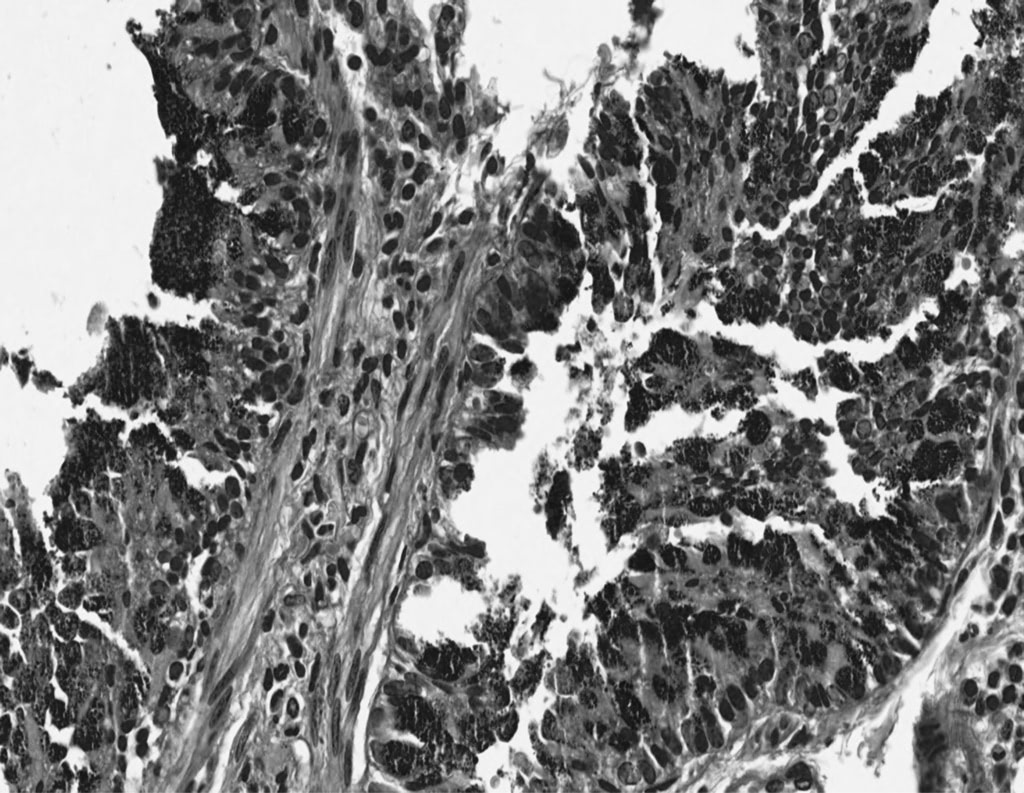Audio: Identifying risk factors for predicting exacerbation and symptom worsening—a retrospective cohort study of patients with Myasthenia Gravis in the United States
[Introduction]
Hello, my name is Zia Choudhry and today I am presenting our study titled, “Identifying risk factors for exacerbation and symptom worsening—a retrospective cohort study of patients with myasthenia gravis in the United States”. In this study we utilized the MGFA Global MG Patient Registry, which captures longitudinal patient-reported data that may facilitate understanding of risk factors associated with MG. The objective of our study was to identify risk factors for self-reported exacerbations and symptom worsening in patients with MG.
[Methods]
This retrospective, cross-sectional, observational cohort study analyzed MGFA patient registry surveys completed between July 2013 and June 2023 by US-based adults with self-reported MG and first follow-up data available within 12 months of enrollment. Exacerbations in the past 6 months at follow-up and changes in MG-ADL scores at first follow-up were evaluated. Univariate analyses and multivariate logistic regressions were conducted.
[Results]
Overall, 1,319 patients were included in the study and 1,187 of these reported the presence or absence of an exacerbation at first follow-up; baseline characteristics for these patients are shown in Table 1. Figure 2 shows the identified factors associated with an increased risk of experiencing at least one self-reported exacerbation -- comorbid anxiety/depression, living alone, corticosteroid treatment, higher MG-ADL score at enrollment, and MG symptoms worse compared with 6 months ago were among these factors. Factors associated with decreased risk included each additional year of age at enrollment, ocular vs generalized first MG symptoms, and use of nonsteroidal immunosuppressants at enrollment. A total of 1,232 patients reported MG-ADL scores at enrollment and first follow-up and their baseline characteristics are shown in Table 2; 210 of these patients had an increase in score of ≥2 points. As shown in Figure 3, comorbid anxiety/depression was the only factor identified as being associated with a heightened risk of a self-reported MG-ADL increase of ≥2 points. Factors associated with decreased risk included each additional age at first follow up, ocular vs generalized first MG symptoms, plasma exchange, and physical activity at enrollment.
[Conclusion]
These analyses from a large US registry suggest that many US individuals with MG experience exacerbations or worsening of MG-ADL scores despite available treatment options. Age, lifestyle factors, disease presentation, disease duration, and comorbidities of anxiety and depression could all be significant factors for predicting future worsening in MG disease. Further research to better understand the interactions between anxiety/depression and MG is warranted.

